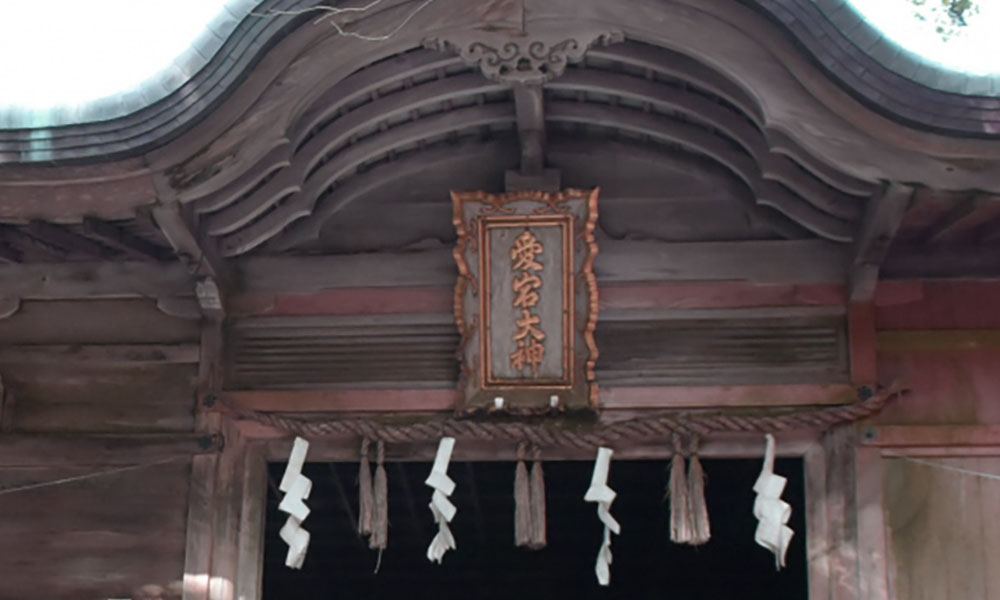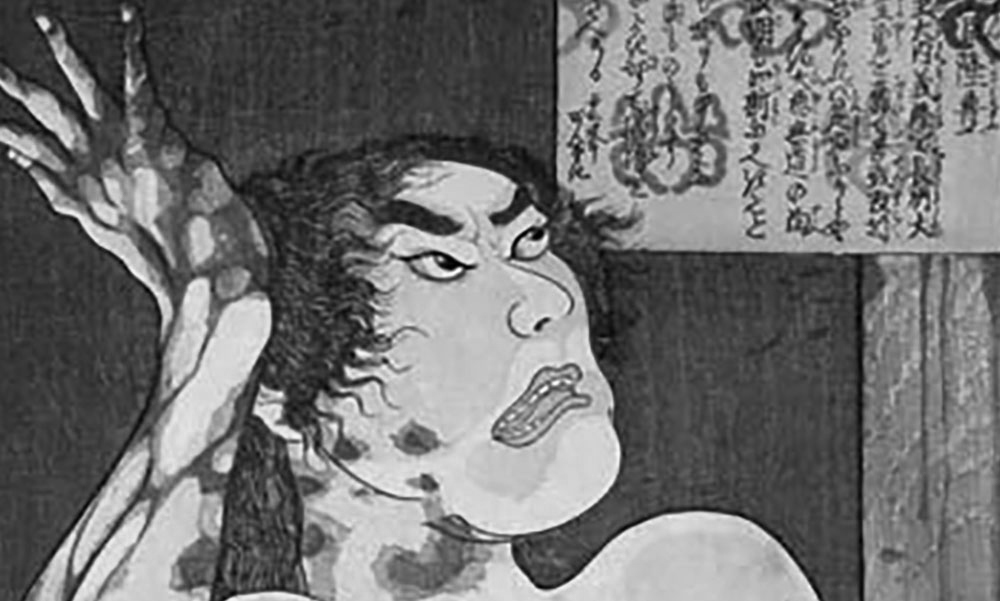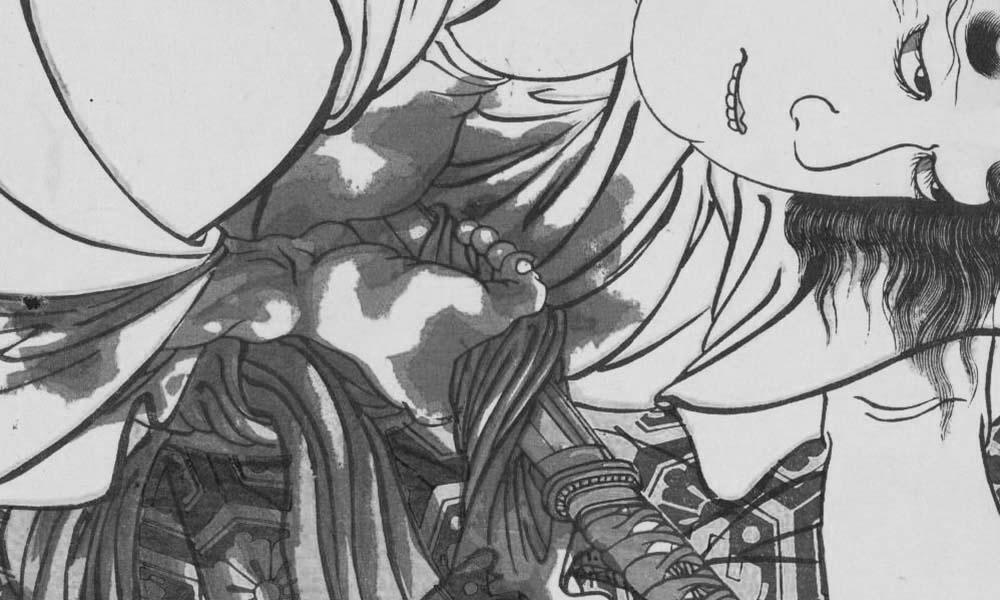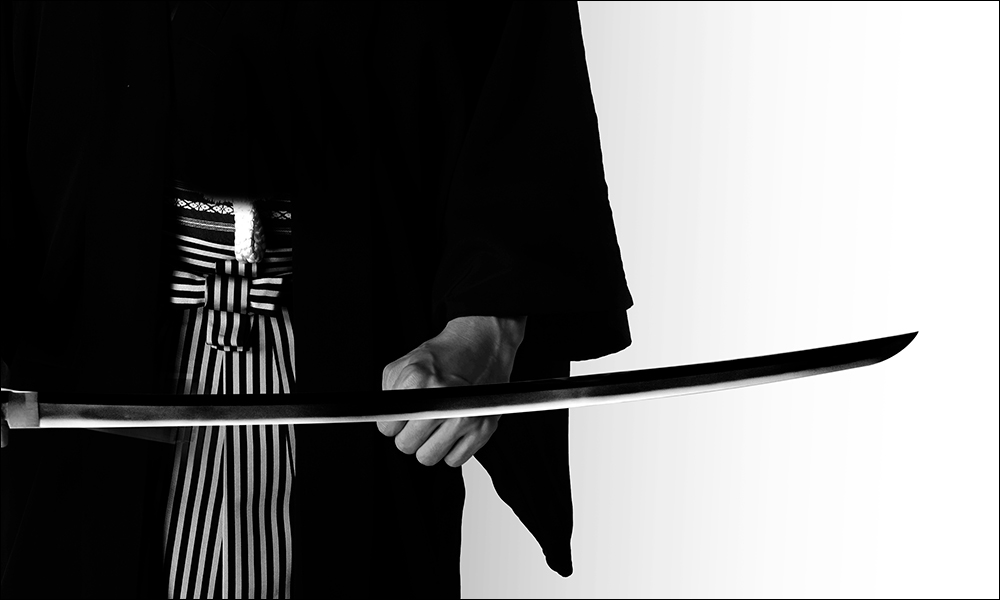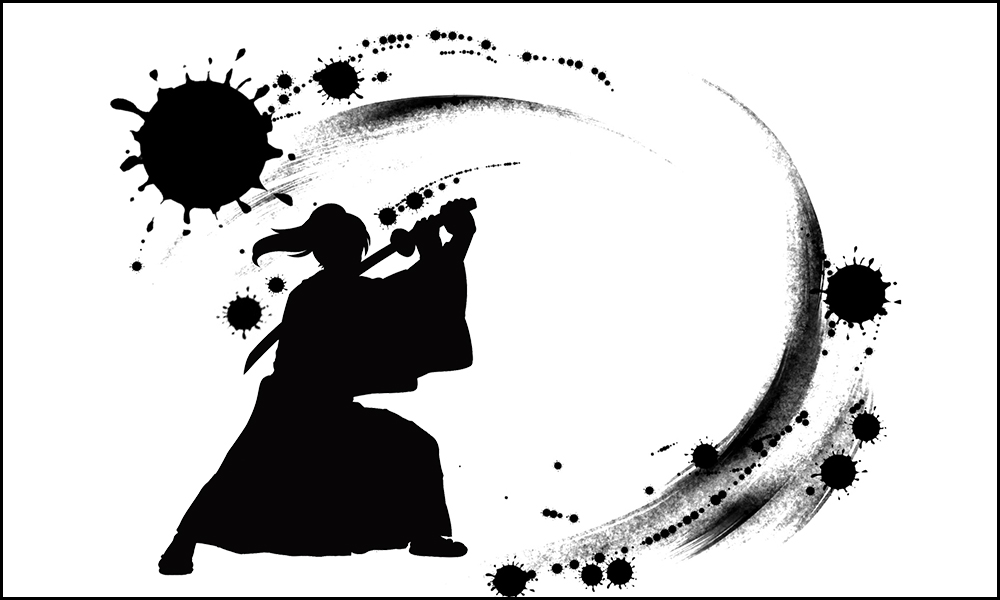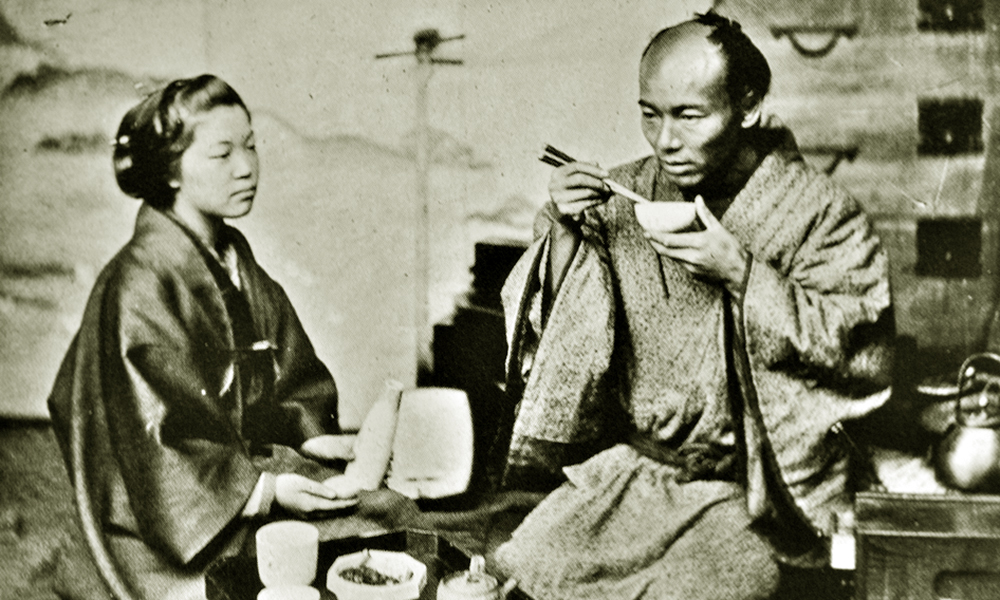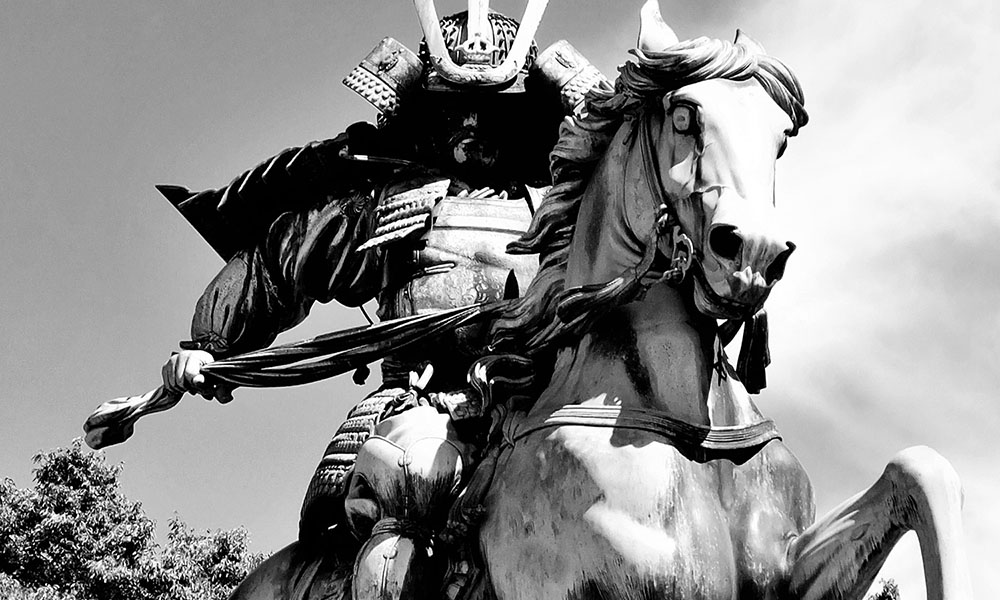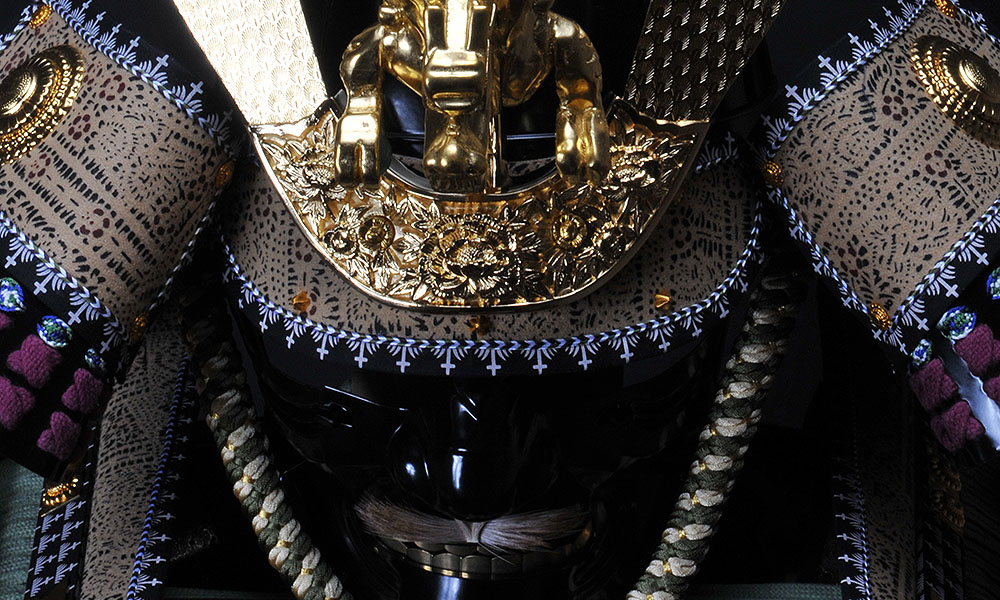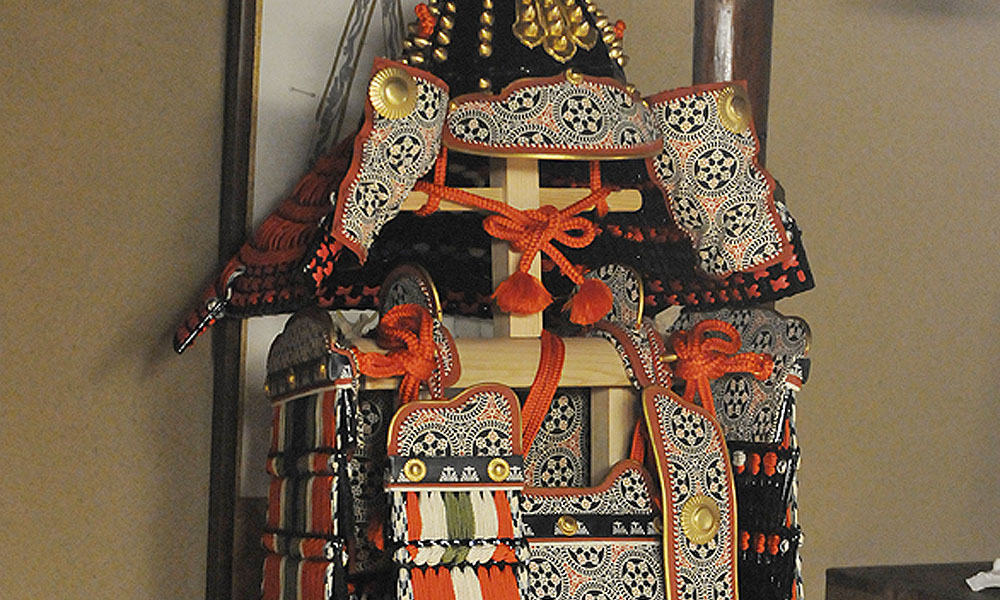The Belief System of Commanders During the Warring States Period
The Japanese people’s reverence of nature dates back to ancient times and is rooted in the religious worship of nature, especially since the prosperity of Sangaku Shinko. This roughly translates as ‘mountain worship’ and originated as a practice in Shugendo in the 7th century as an amalgamation of beliefs and Read More


